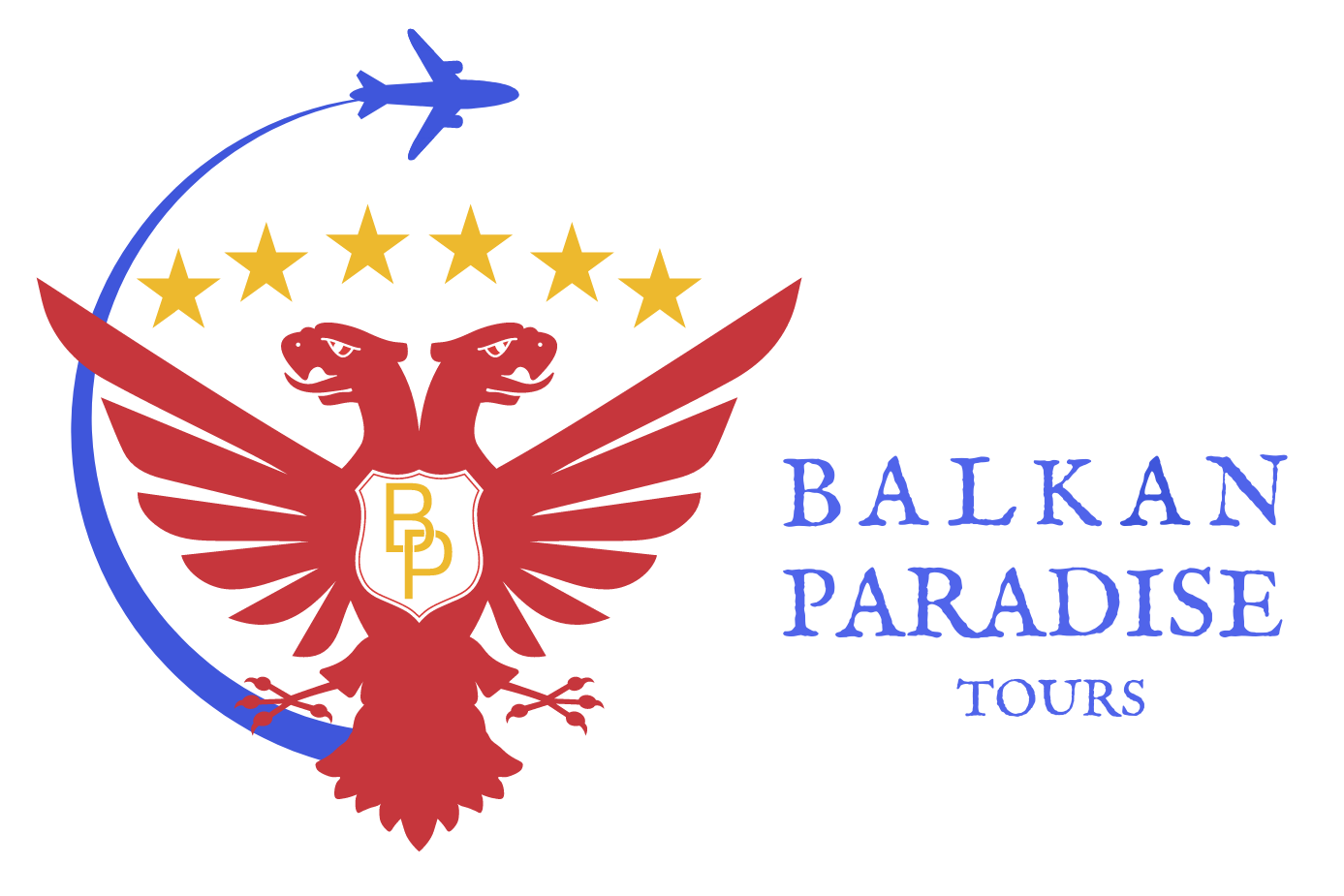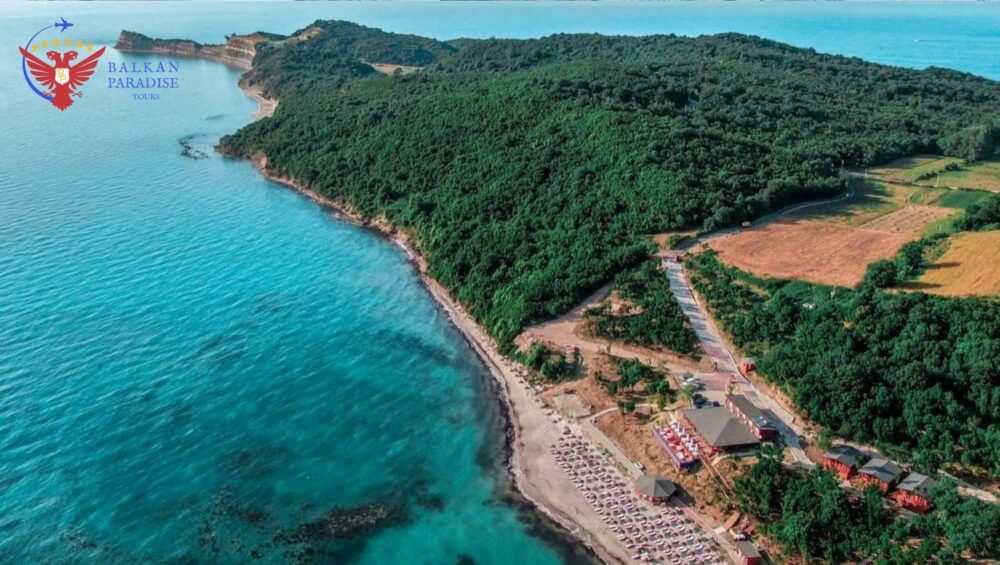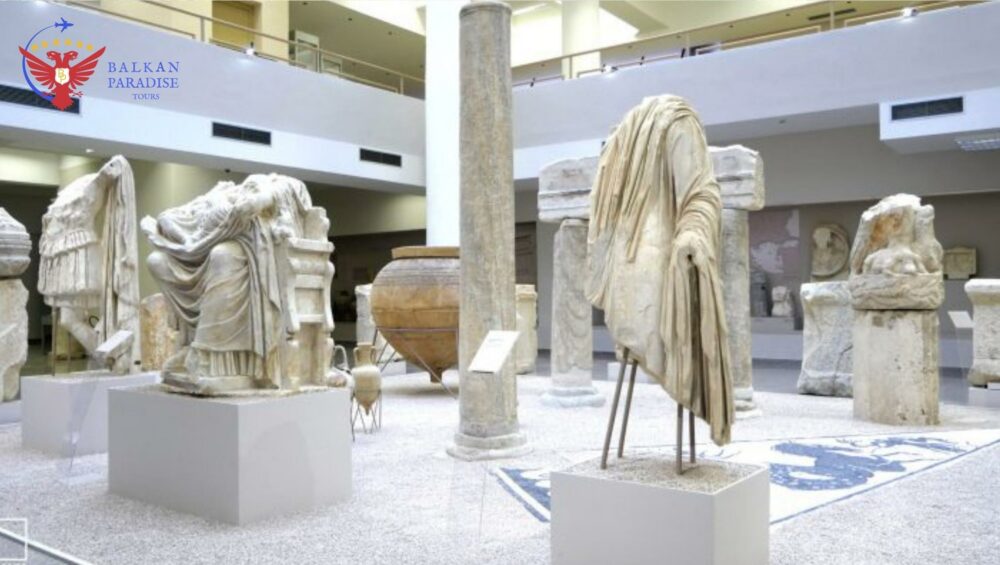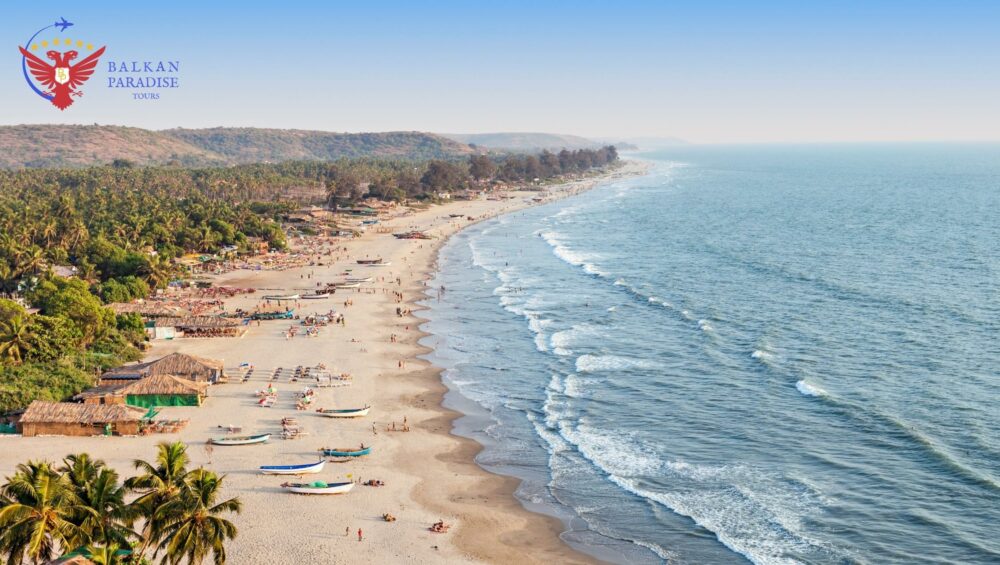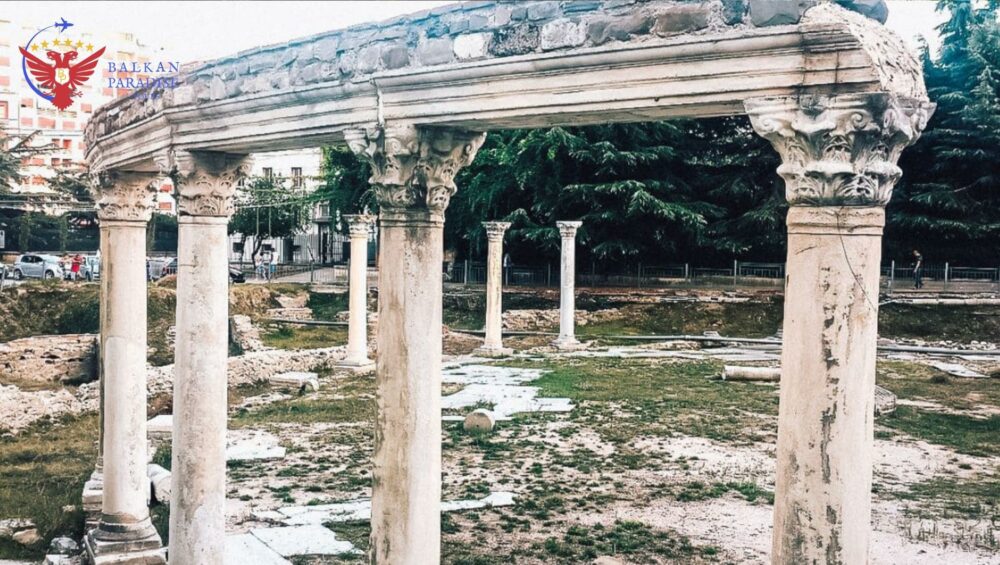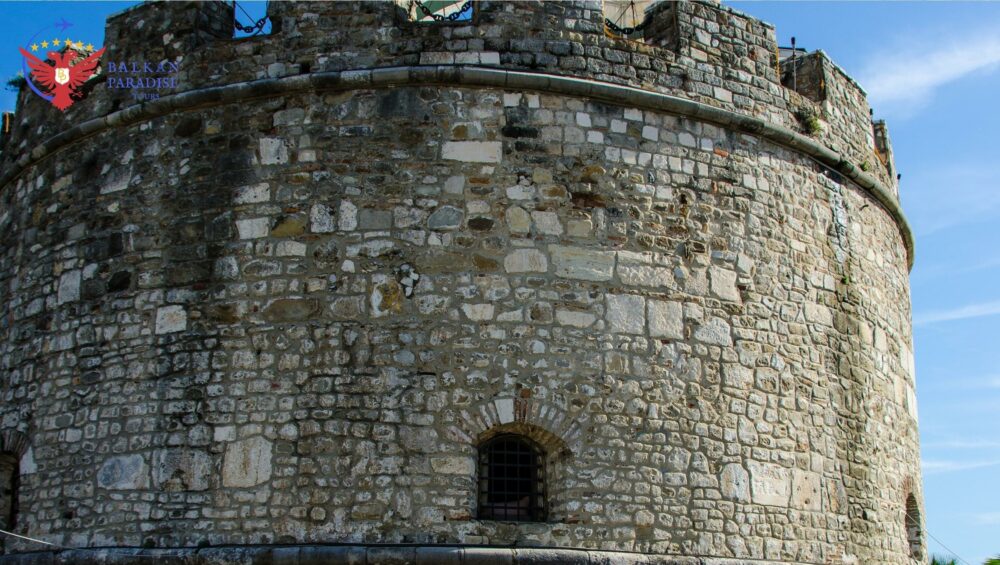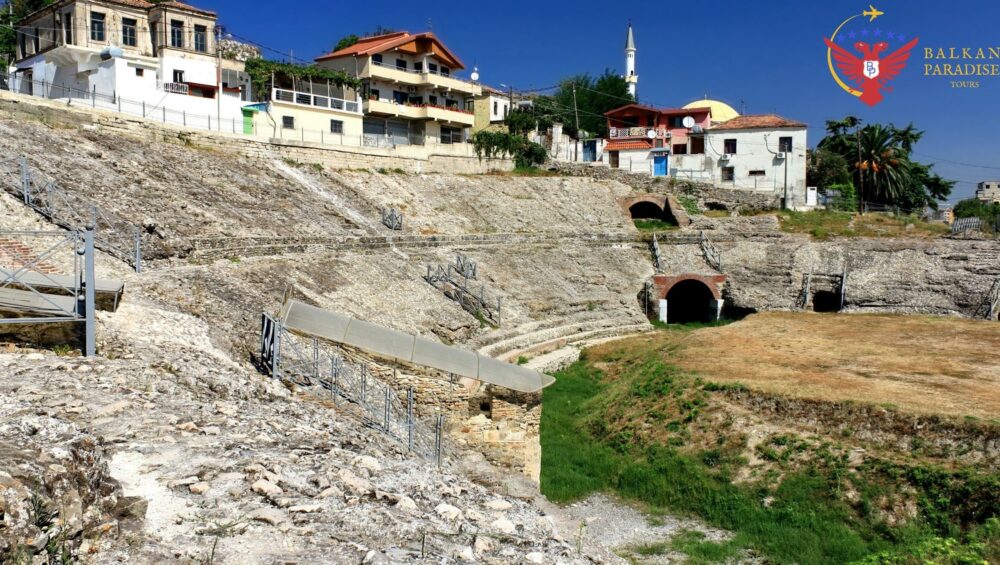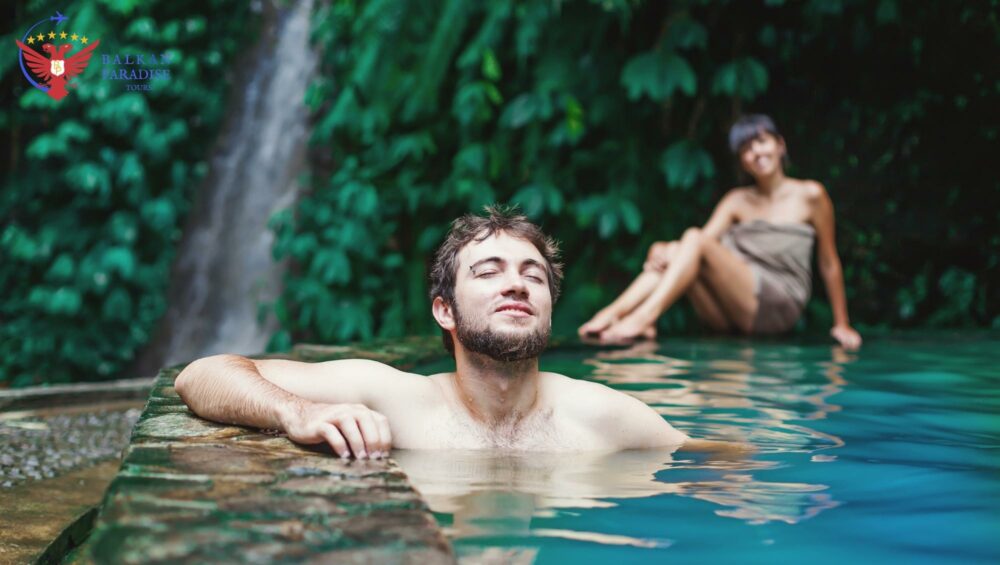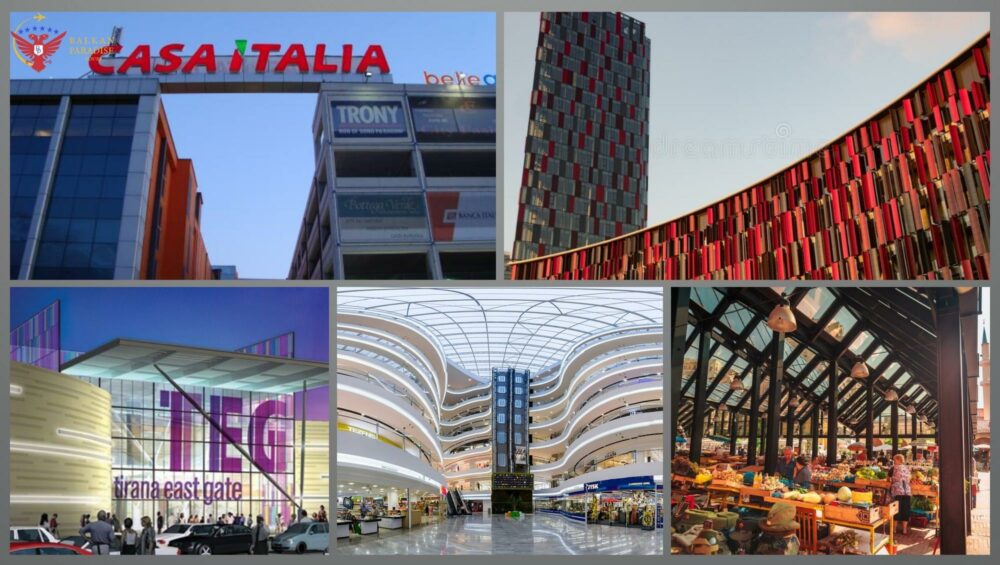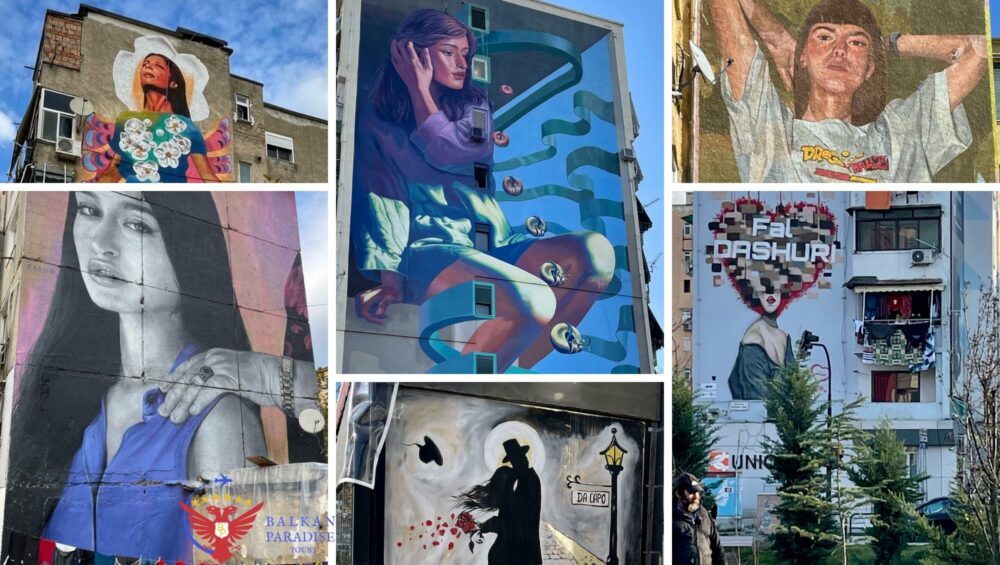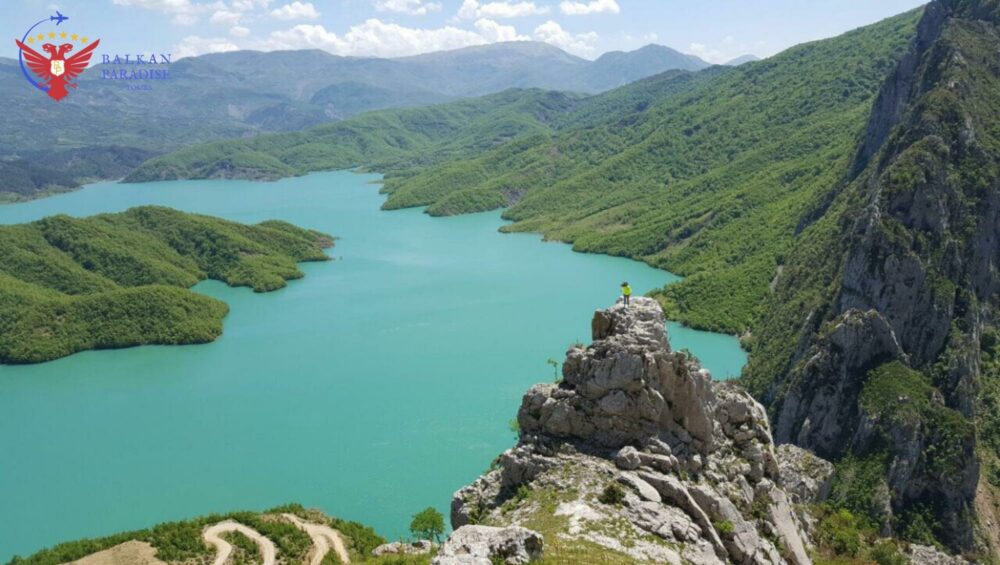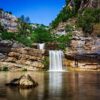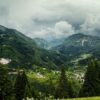A Roman amphitheater in the center of the city of Durres. Its construction began under the emperor Trajan in the 2nd century AD and it was destroyed twice by earthquakes in the 6th and 10th centuries. It is the largest amphitheater ever built in the Balkan with once having a capacity of 20,000 people
The amphitheater is included on the tentative list of Albania for inscribing it as a UNESCO World Heritage Site. It was discovered in late 1966 and has become a popular tourist attraction..
The amphitheater has an elliptical shape, built on a slope of the hill, and inside the amphitheater there are staircases and galleries at different levels
